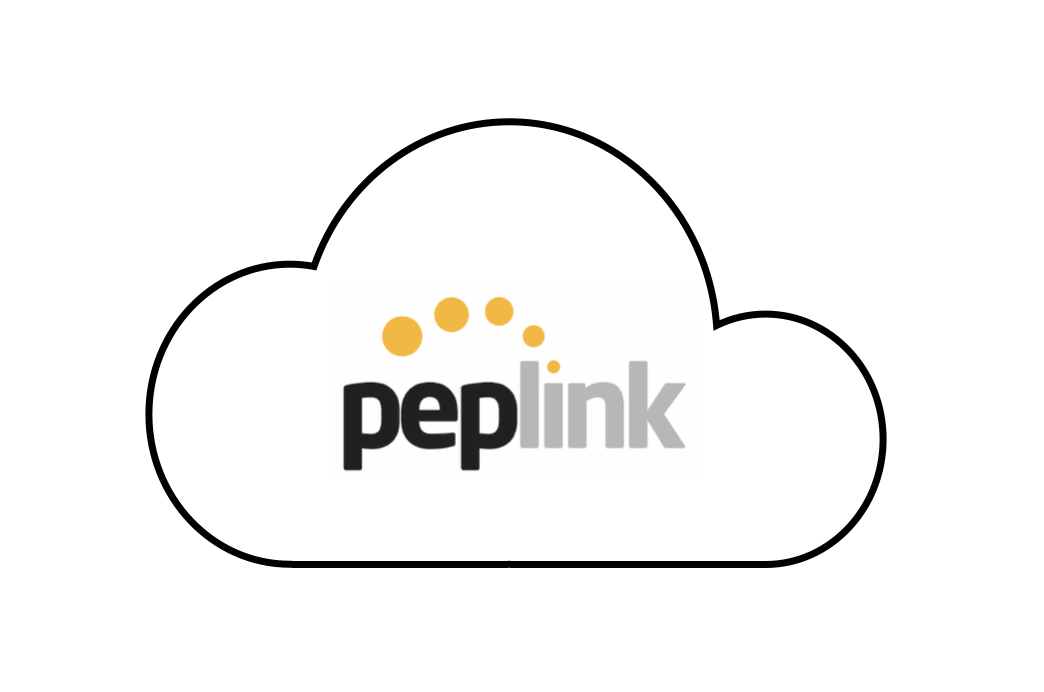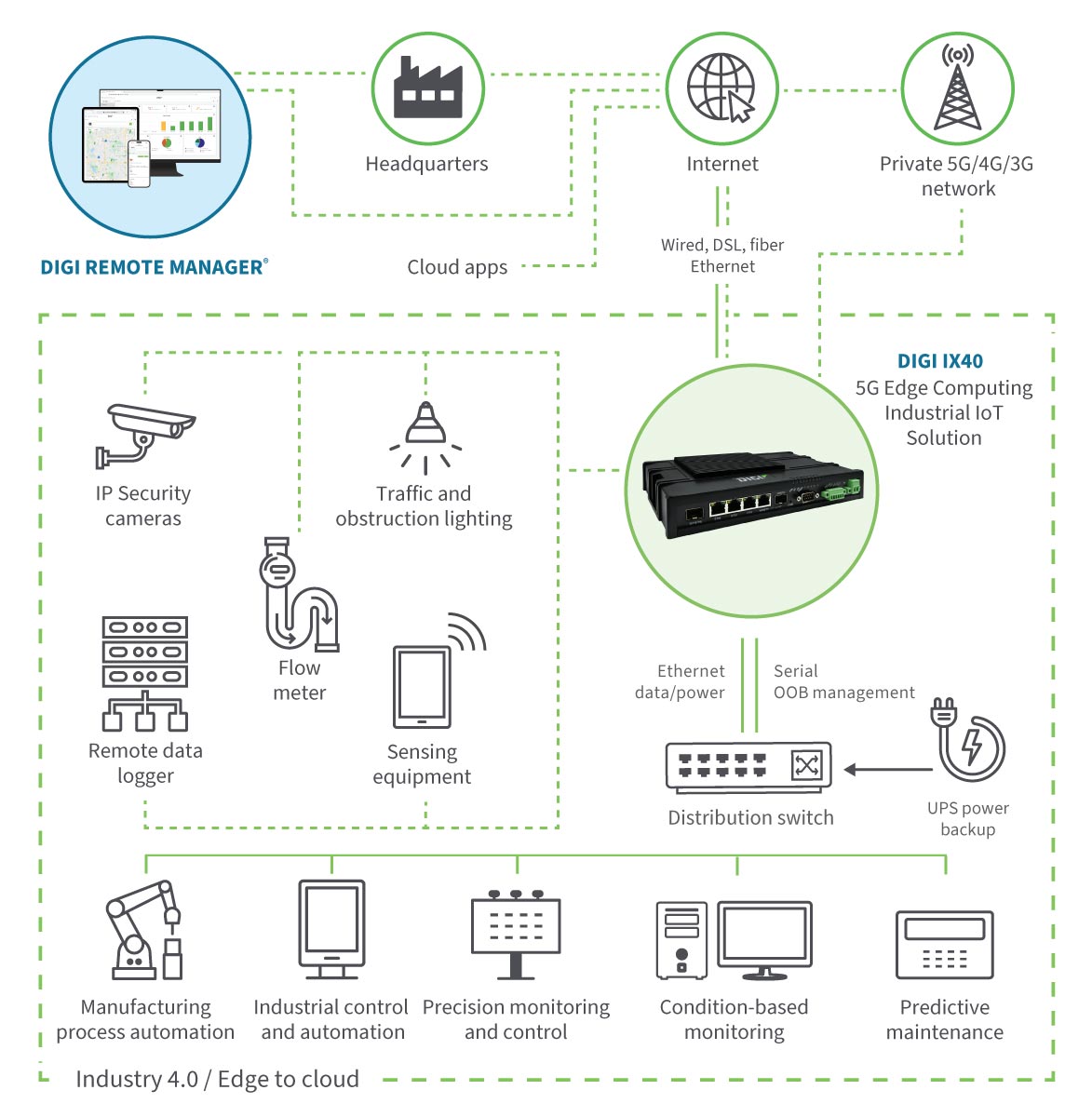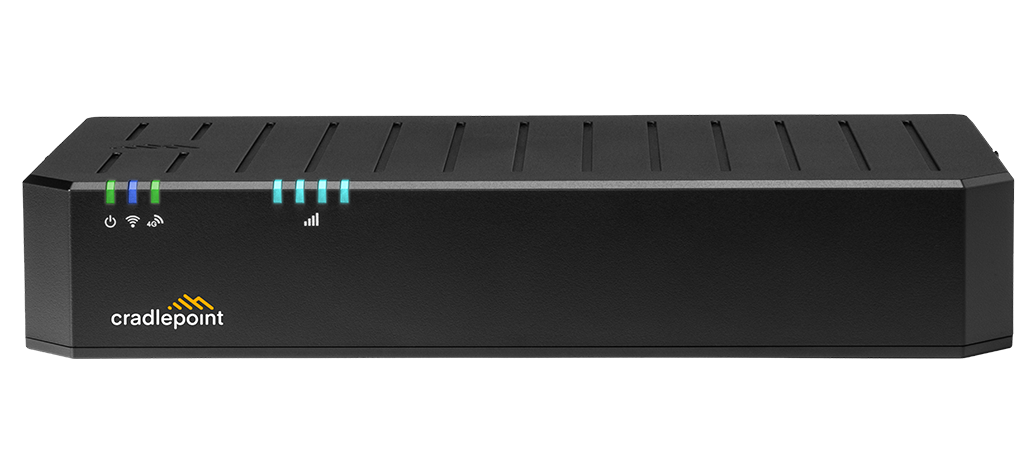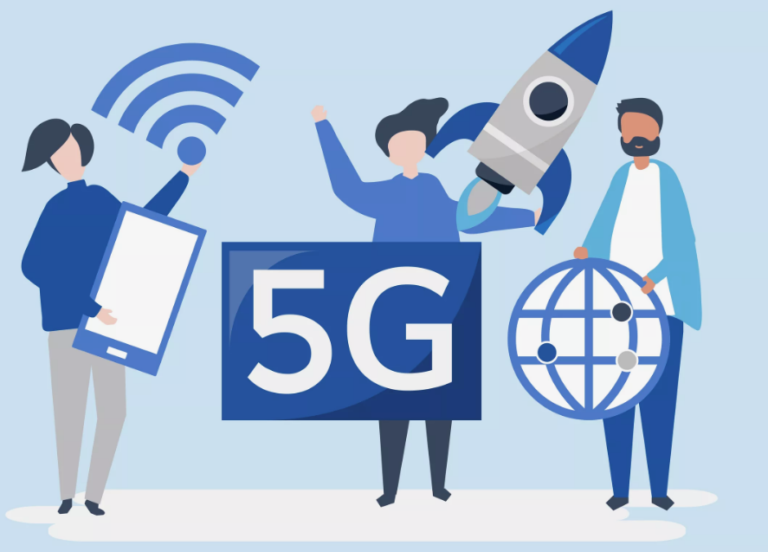
The introduction of 5G technology continues to reshape the landscape of the Internet of Things (IoT) and smart devices. This pivotal advancement came at a time when IoT was already revolutionizing various industries. In exploring the fundamentals of IoT, we uncover the profound impact of 5G, which is characterized by significantly reduced latency, scalable connectivity, and enhanced reliability. These features amplify the potential of IoT applications, particularly in scenarios like autonomous vehicles and real-time healthcare monitoring.
What is IoT?
IoT refers to a network of physical devices, vehicles, appliances, and other objects embedded with sensors, software, and network connectivity, allowing them to collect and exchange data. The goal of IoT is to enable these devices to communicate and share information over the internet.
IoT can potentially create a connected ecosystem where everyday objects can interact, make intelligent decisions, and provide valuable data. This connectivity can be applied to various industries, including smart homes, healthcare, transportation, agriculture, and industrial automation. There are multiple benefits of IoT technology. These include:
- Increased agility and mobility outside of typical work environments
- Better customer and user experiences with faster response times
- Data-optimized products that provide more business opportunities and benefits
- Reduced costs due to predictive maintenance and streamlined processes
- Better employee productivity through engagement
Key components of IoT include:
- Smart Devices: These are the physical objects equipped with sensors, actuators, and connectivity features that allow them to collect and transmit data. Smart devices encompass a diverse array of gadgets designed to enhance efficiency, convenience, and connectivity. Examples include smart thermostats, wearables like fitness trackers, intelligent home security systems, connected cars, and even smart refrigerators capable of ordering groceries.
- Sensors and Actuators: Sensors gather data from the environment, and actuators enable devices to perform physical actions based on that data. For example, a temperature sensor can collect data, and an actuator can adjust the heating system based on that information.
- Connectivity: IoT devices are connected through the internet, enabling data exchange. Common communication protocols include Wi-Fi, Bluetooth, Zigbee, and cellular networks.
- Data Processing: Collected data is processed either locally on the device or in the cloud. Advanced analytics and machine learning algorithms can extract meaningful insights from the data.
- Cloud Computing: Cloud platforms are often used to store and process the massive amounts of data generated by IoT devices. This allows for scalability, accessibility, and centralized management.
- User Interface: Users can interact with IoT devices through applications or interfaces that provide control and monitoring capabilities.
IoT Use Cases
The transformative impact of IoT is particularly evident in various industries, reshaping the way operations are conducted and services are delivered. Here are a few of the many ways IoT is utilized.
- Smart Cities harness the power of sensors and data analytics to enhance urban living. This involves intelligent traffic management systems, efficient waste disposal mechanisms, and the implementation of energy-saving smart street lighting. These innovations contribute to a more sustainable and technologically advanced urban environment.
- Environmental Monitoring has witnessed significant advancements through the deployment of IoT devices. These devices are strategically placed in ecosystems to monitor and manage environmental conditions. For instance, air quality sensors actively contribute to pollution control efforts by providing real-time data on air quality levels.
- Supply Chain Management has been revolutionized by IoT technologies, enabling real-time tracking and monitoring of goods in transit. Utilizing RFID tags and GPS technology, companies gain enhanced visibility into their supply chains, resulting in more efficient and streamlined logistics operations.
- The advent of Self-Driving Cars relies heavily on IoT technologies. Integrated with sensors and artificial intelligence, these vehicles can navigate autonomously. The deployment of 5G connectivity in this context ensures instantaneous communication between vehicles, contributing to enhanced safety and coordination on the road.
- Customer Service has experienced a paradigm shift through the integration of IoT. Chatbots and virtual assistants powered by IoT technologies provide personalized and efficient customer interactions. Real-time responses and effective problem-solving contribute to an overall improved customer experience.
- In the Healthcare sector, IoT facilitates remote patient monitoring and telemedicine. Wearable devices and sensors play a crucial role in tracking various health metrics, offering healthcare professionals valuable insights for timely interventions and personalized care. The advent of IoT has greatly improved patient care, assessments, and diagnostics.
- Predictive Maintenance in industrial settings has become more proactive with the incorporation of IoT. Machines equipped with sensors predict maintenance needs, reducing downtime and enhancing overall operational efficiency through preemptive and data-driven maintenance strategies.
- Agricultural Operations embrace precision farming through IoT technologies. These technologies optimize resource allocation by monitoring soil conditions, crop health, and weather patterns. The result is increased efficiency and sustainability in agricultural practices.
- Retail Operations benefit from the implementation of IoT devices, such as smart shelves and inventory management systems. These innovations enhance operational efficiency by providing real-time data, enabling retailers to offer personalized shopping experiences and streamline inventory processes.
The Role of 5G
The introduction of 5G marks a pivotal advancement in amplifying the capabilities of IoT and smart devices across various applications. One of the key benefits lies in the significantly reduced latency that 5G brings to the table, ensuring near-instantaneous communication between devices. This attribute is particularly critical for applications like autonomous vehicles and real-time healthcare monitoring, where swift data exchange is paramount.
Improved Cost Efficiency in IoT and Smart Device Usage
5G networks exhibit cost efficiency by efficiently handling a substantially larger number of devices simultaneously. This scalability not only reduces the cost per device connection but also opens doors for the widespread adoption of IoT on a broader scale. The enhanced reliability of 5G further strengthens its position, offering uninterrupted connectivity for critical applications, such as emergency services and public safety.
Seamless Integration with Already-Existing 4G LTE Networks
A notable feature of 5G is its seamless integration with existing 4G LTE networks. This integration provides a reliable backup, ensuring continuous connectivity — even in areas with limited 5G coverage. Additionally, 5G’s higher bandwidth allows for the smooth transfer of large volumes of data. This caters to the intricate requirements of applications like augmented reality (AR) and virtual reality (VR).
Edge Computing and Multiple Device Support
In data processing, 5G plays a crucial role in facilitating edge computing. This capability enables the data processing closer to the source, reducing latency and enhancing real-time processing capabilities. This is particularly critical for applications that demand split-second decision-making.
Furthermore, 5G’s ability to support a massive number of device connections simultaneously positions it as an ideal choice for scenarios where a plethora of IoT devices need to communicate concurrently.
5G and the Future of Smart Devices and IoT
This comprehensive suite of advantages underscores the transformative role that 5G plays in revolutionizing the landscape of IoT and smart devices. We hope you found this blog post informative. If you have further questions about IoT and smart devices, or would like to learn more about how you can best support your systems with high-value routers, modems, and antennas, we hope you’ll reach out to the award-winning team at 5Gstore. We’re available by phone during business hours or by email. We can help augment your current devices with 5G-enabled networking equipment that will help you achieve your connectivity goals whatever they may be. When you purchase your networking equipment from us, you’ll receive one year of free support from our helpful technicians.



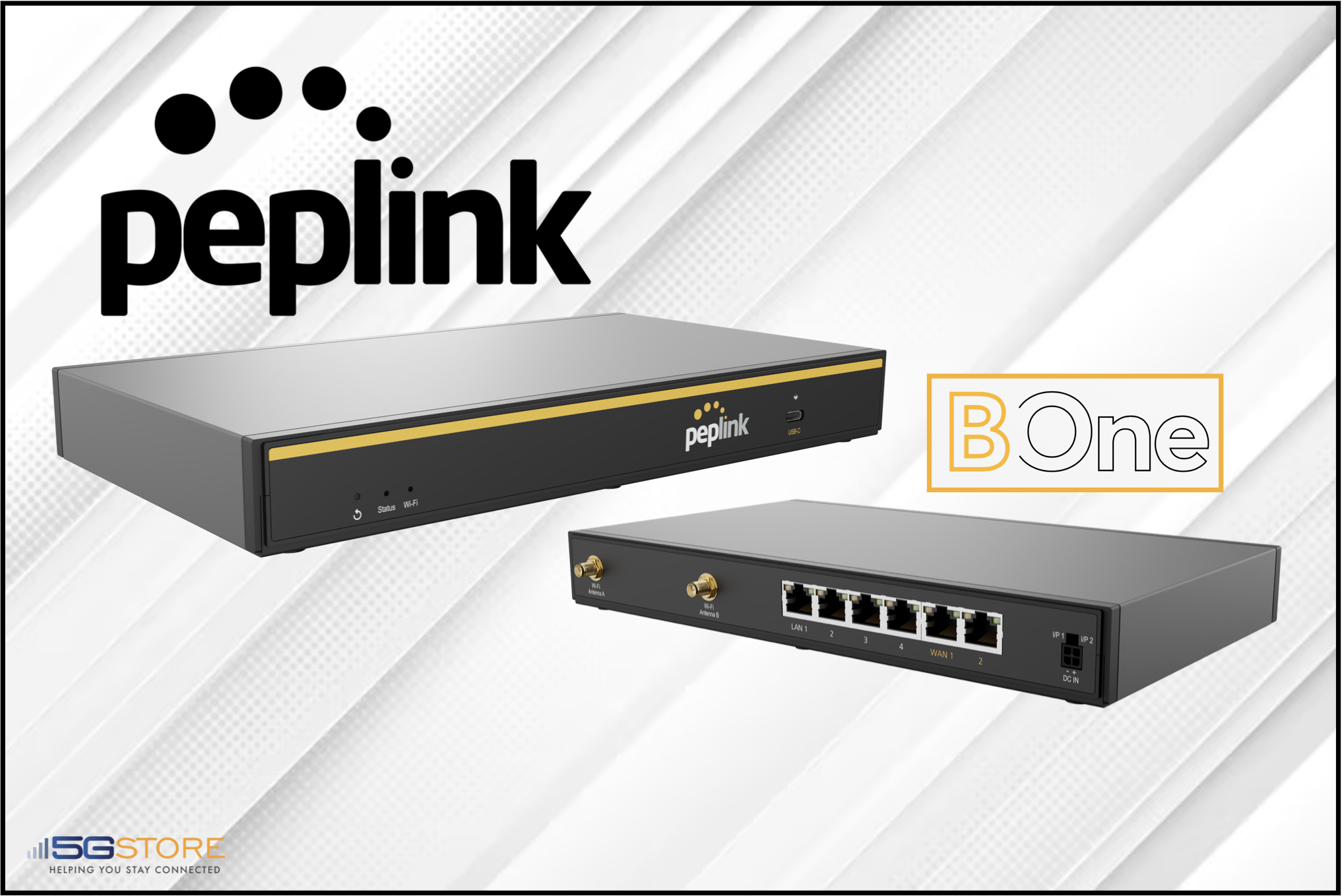

:max_bytes(150000):strip_icc()/IMG_0313-5c4b6c57c9e77c000138023d.jpg)

